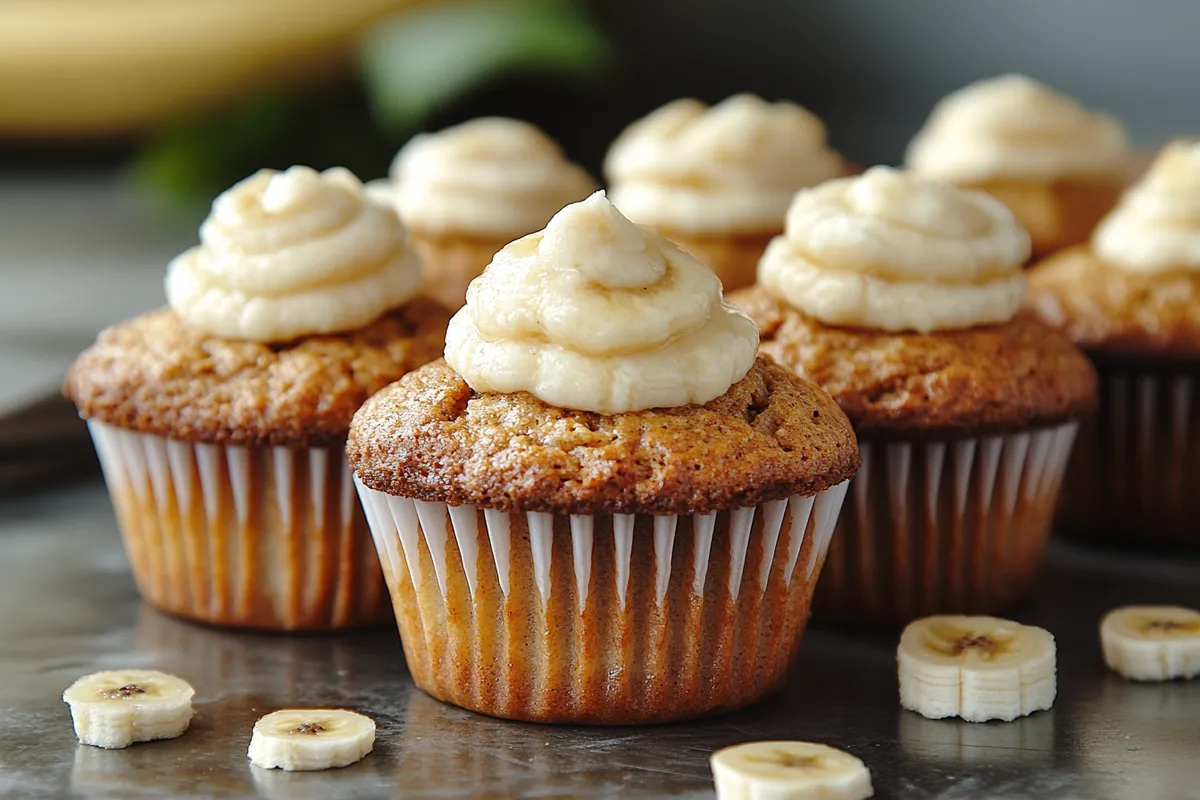If you’re seeking to elevate your culinary creations with a burst of flavor and texture, mastering the art of jammy eggs is a game-changer. These soft-boiled eggs, featuring tender whites and creamy, slightly runny yolks, are perfect for salads, ramen, or enjoyed on their own as a nutritious snack.
🍳 What Are Jammy Eggs?
Jammy eggs are soft-boiled eggs where the whites are fully set, and the yolks have a custard-like, jammy consistency. They strike a balance between traditional soft-boiled eggs with runny yolks and hard-boiled eggs with fully cooked yolks. Often referred to as “7-minute eggs,” their precise cooking time ensures the perfect texture.
🛒 Essential Ingredients for Perfect Jammy Eggs
To craft the best jammy eggs, you’ll need:
Fresh, high-quality eggs: Opt for cage-free or organic eggs for optimal taste and nutrition.
Water: Enough to cover the eggs in a pot.
Ice: For an ice bath to halt the cooking process.
Salt and Pepper: Optional, for seasoning.
Optional flavorings: Sesame oil, herbs, spices, or other seasonings for serving.
🥄 Step-by-Step Guide to Making Perfect Jammy Eggs
Prepare Your Water: Fill a medium pot with water and bring it to a full rolling boil over medium-high heat.
Add the Eggs: Using a slotted spoon, gently lower the eggs into the boiling water one at a time to prevent cracking.
Time Precisely: Set a timer for exactly 7 minutes to achieve the classic jammy consistency.
Prepare an Ice Bath: While the eggs are cooking, fill a bowl with cold water and ice cubes.Abra’s Kitchen+4Bon Appétit+4Front Range Fed+4
Cool Immediately: Once the timer goes off, transfer the eggs to the ice bath to stop the cooking process. Let them cool for about 10 minutes.
Peel Carefully: Gently tap the egg on a flat surface to crack the shell, then peel it away, starting from the wider end where there’s an air pocket.
Season and Serve: Season with salt and pepper, or enhance with flavorings like toasted sesame oil, sesame seeds, and fresh herbs.
💡 Pro Tips for Perfect Jammy Eggs Every Time
Set a Timer: Precision is key to achieving the desired yolk consistency.
Consider Steaming: Some chefs prefer steaming over boiling for more consistent results.
Use the Right Eggs: Slightly older eggs are easier to peel than very fresh ones.
Prepare Your Ice Bath in Advance: Having it ready ensures immediate cooling.
Avoid Overcrowding: Cook eggs in a single layer for even cooking.
🍽️ Creative Ways to Serve Jammy Eggs
Avocado Toast: Top with halved jammy eggs for a protein-rich breakfast.
Ramen: Add to ramen or other soups for added richness.
Salads: Include in salads for a protein boost and creamy texture.
Breakfast Bowls: Combine with grains and vegetables.
Snacks: Enjoy with a sprinkle of everything bagel seasoning.
Eggs Benedict: Use jammy eggs instead of poached eggs.Brunch & Batter
🌿 Flavor Variations
Sesame: Drizzle with toasted sesame oil and sprinkle with sesame seeds.
Spicy: Add chili oil or chili crunch for heat.
Herby: Top with fresh herbs like chives, scallions, parsley, or cilantro.
Asian-Inspired: Marinate in soy sauce for a ramen egg variation.
🥗 Nutritional Benefits of Jammy Eggs
Jammy eggs are not only delicious but also nutritionally dense:
High-Quality Protein: Each egg provides about 6 grams of protein.
Essential Nutrients: Rich in vitamins and minerals including iron, zinc, vitamin A, and B vitamins.
Brain and Eye Health: Contain choline and lutein, important for brain and eye health.
Low in Carbs: Naturally low in carbohydrates, suitable for various dietary patterns.
Healthy Fats: Provide DHA fats that support overall health.
🧊 Storage and Make-Ahead Tips
Refrigeration: Store unpeeled jammy eggs in the refrigerator for up to 3 days.
Peeling: For best results, peel eggs just before serving to prevent drying out.
Reheating: To warm refrigerated eggs, place them (still in their shells) in a bowl of warm water for about one minute before peeling.How To Make Dinner
❓ Common Questions About Jammy Eggs
What’s the difference between soft-boiled and jammy eggs?
Soft-boiled eggs have runny yolks, while jammy eggs have a creamy, jam-like consistency that’s slightly more set.
Why are my eggs hard to peel?
Very fresh eggs can be harder to peel. Using slightly older eggs or adding the eggs to already boiling water can help make peeling easier.
Can I make jammy eggs in advance?
Yes, store unpeeled jammy eggs in the refrigerator for up to 3 days.
What’s the best way to reheat jammy eggs?
Place the unpeeled eggs in warm water for about a minute to take the chill off without further cooking the yolk.
Are jammy eggs safe to eat?
Yes, the whites are fully cooked, and while the yolks are soft, they reach a temperature that makes them safe for most people to consume.
🏆 Why Jammy Eggs Are Worth Mastering
Jammy eggs represent the perfect middle ground in egg cookery—not too runny, not too firm, but just right. Their versatility makes them suitable for countless dishes, from breakfast to dinner. With just a pot of water, a timer, and a few minutes, you can create a protein-rich addition to elevate any meal.

























